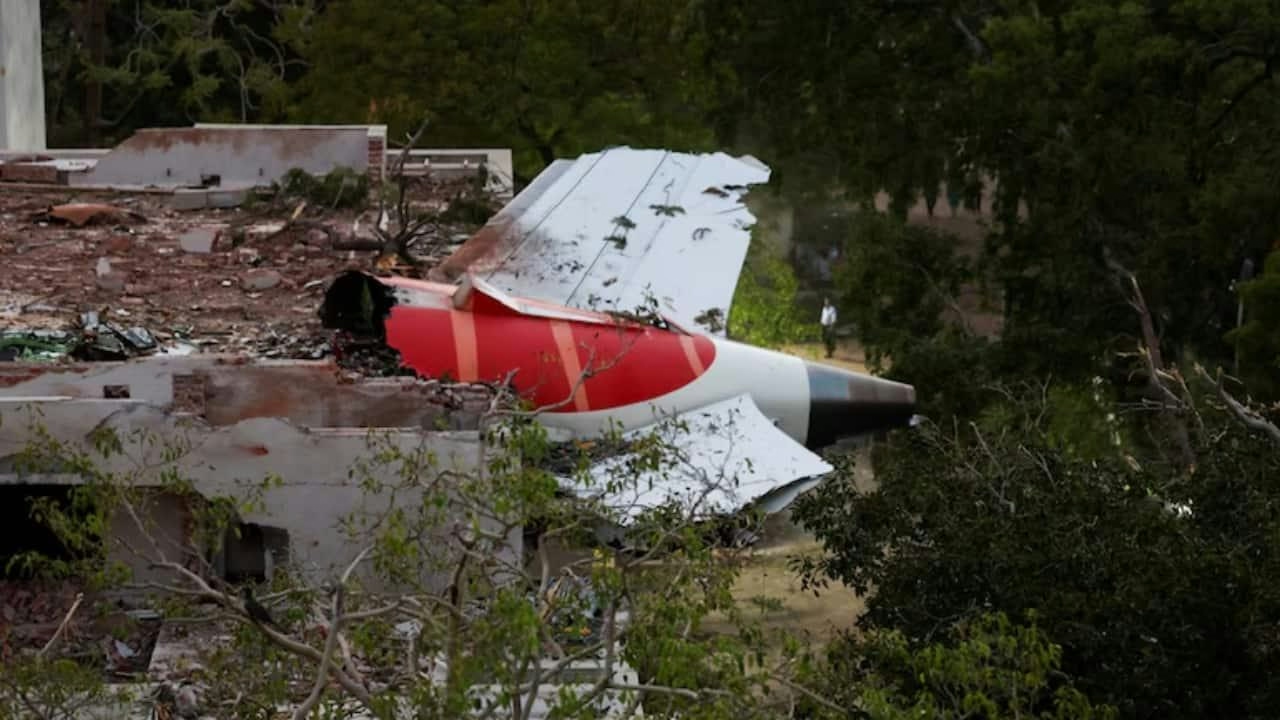
Smarter email, faster business.
Trending
Foam Floods Spirit Airlines Hangar, Coating Jets at Detroit Airport
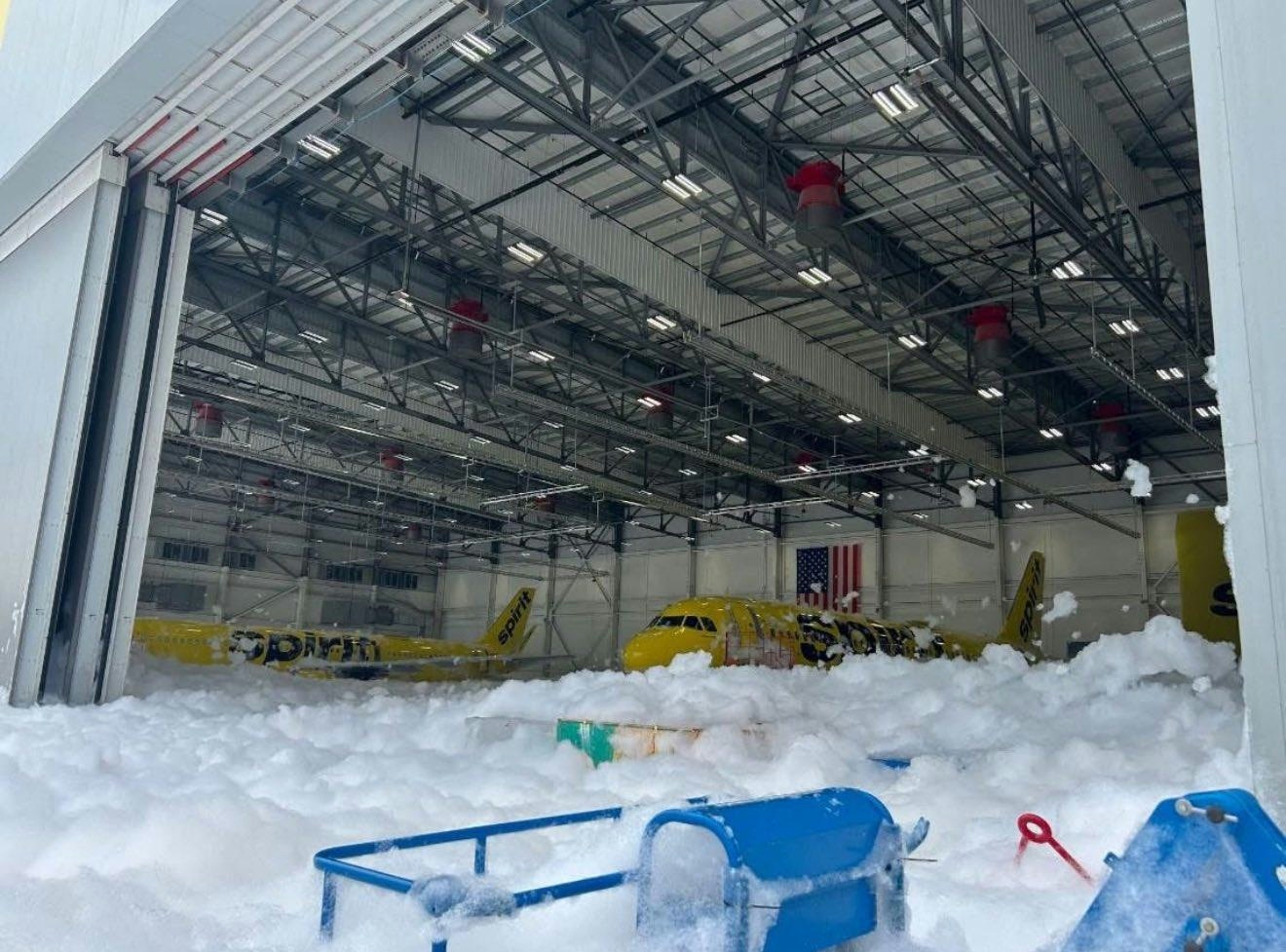
Foam Floods Spirit Airlines Hangar, Coating Jets at Detroit Airport
On July 4, 2025, Spirit Airlines experienced a significant operational setback when its maintenance hangar at Detroit Metropolitan Airport (DTW) was flooded with firefighting foam. The incident occurred around 5:00 p.m. local time after the facility’s fire suppression system was inadvertently activated, reportedly triggered by a nearby lightning strike. Notably, no fire was present at the time of the activation.
Incident Details and Immediate Impact
The hangar, which measures 126,840 square feet and features large doors that were open during the event, allowed the foam to spill outside, affecting additional aircraft parked nearby. Visual evidence circulating on social media showed the hangar and surrounding areas blanketed in thick foam, with several Spirit jets visibly coated. Spirit Airlines confirmed that two aircraft inside the hangar and one outside were immediately withdrawn from service for thorough inspection. A company spokesperson emphasized that all affected planes would undergo detailed cleaning and evaluation to assess the extent of foam exposure.
The firefighting foam used in the suppression system is known to be corrosive, raising concerns about potential damage to sensitive aircraft components. Early estimates suggest that the costs associated with repairs and decontamination could reach into the millions, depending on the severity of corrosion and contamination discovered during inspections.
Response and Operational Context
Spirit Airlines has engaged a specialized contractor to assist with cleanup efforts and expressed appreciation for the prompt response of first responders. The airline confirmed that no injuries resulted from the incident and assured that flight operations would continue without disruption.
This event arrives amid a challenging period for Spirit Airlines, which has been contending with rising operational costs and internal uncertainties. Since 2019, the carrier has faced a 70% increase in non-fuel expenses, placing considerable strain on its financial health. Recent leadership changes have further complicated the airline’s strategic direction. The foam flooding incident is expected to exacerbate these pressures by increasing maintenance expenditures and potentially disrupting operations.
Broader Implications and Facility Significance
Industry analysts suggest that the incident may attract regulatory scrutiny and could impact Spirit’s reputation, particularly if questions emerge regarding the adequacy of its safety and maintenance protocols. Competitors may leverage the situation to highlight their own operational reliability and safety standards.
Spirit’s Detroit maintenance hangar, designed by Butler Heavy Structures, is a vital asset for the airline’s operations. The facility can accommodate up to three Airbus A321 aircraft simultaneously and features a 318-foot-wide, 44-foot-high door with four rolling panels. Any extended disruption to this facility could have wider repercussions for Spirit’s network and maintenance capabilities.
As Spirit Airlines continues to evaluate the full scope of the damage and works toward restoring normal operations, the incident highlights the operational vulnerabilities and reputational risks faced by the ultra-low-cost carrier in an increasingly competitive aviation market.
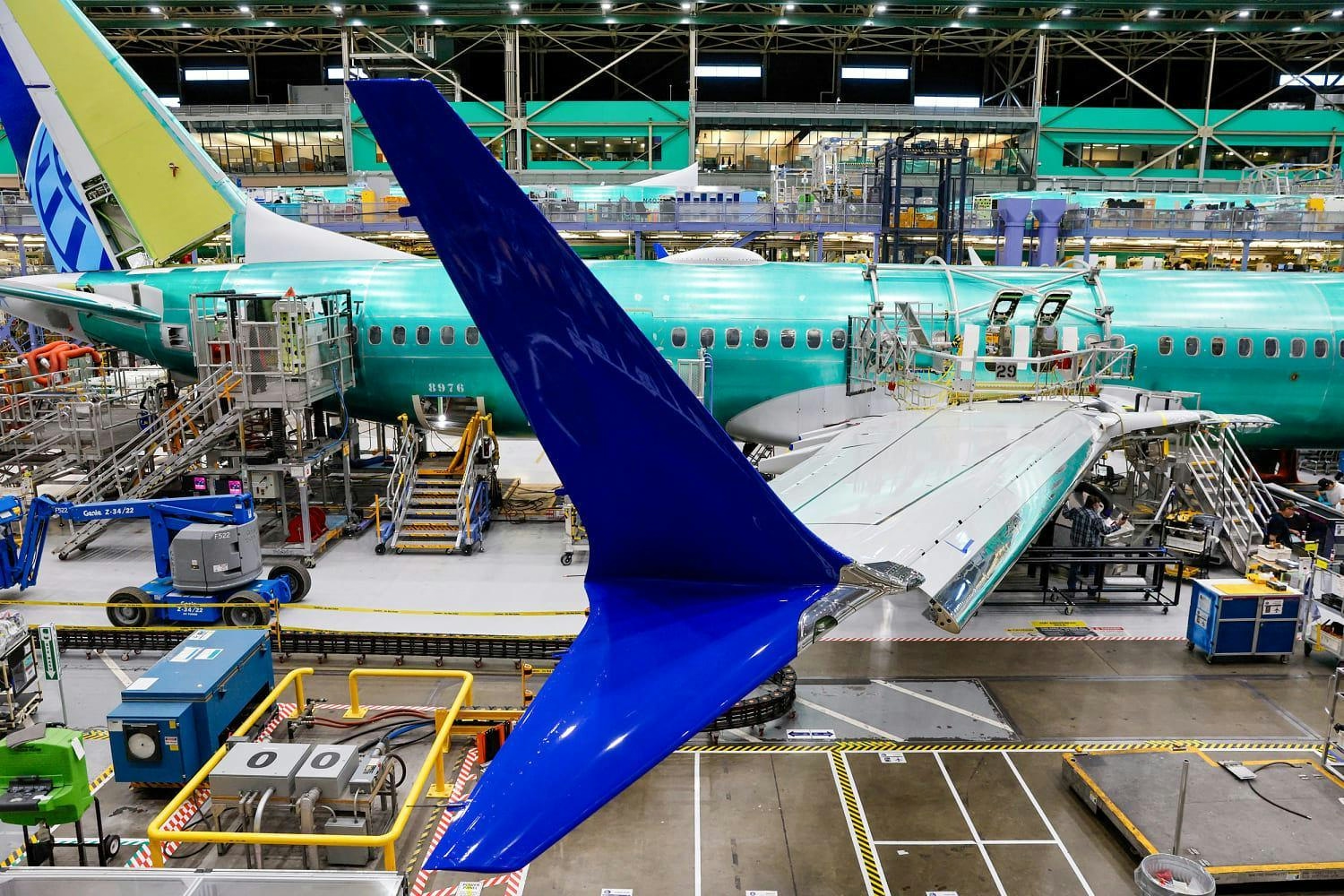
GE Aerospace and China Airlines Forge Strategic Partnership in Asia-Pacific Aviation
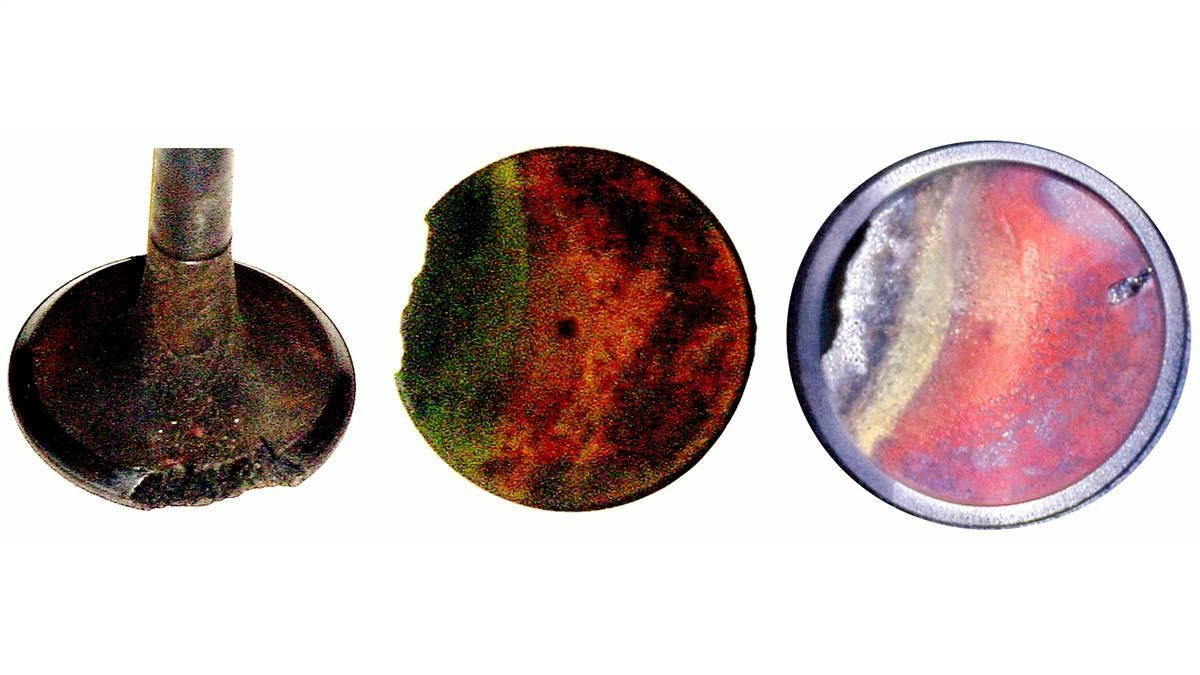
Ask Paul: Is This Engine at Risk of Failure?
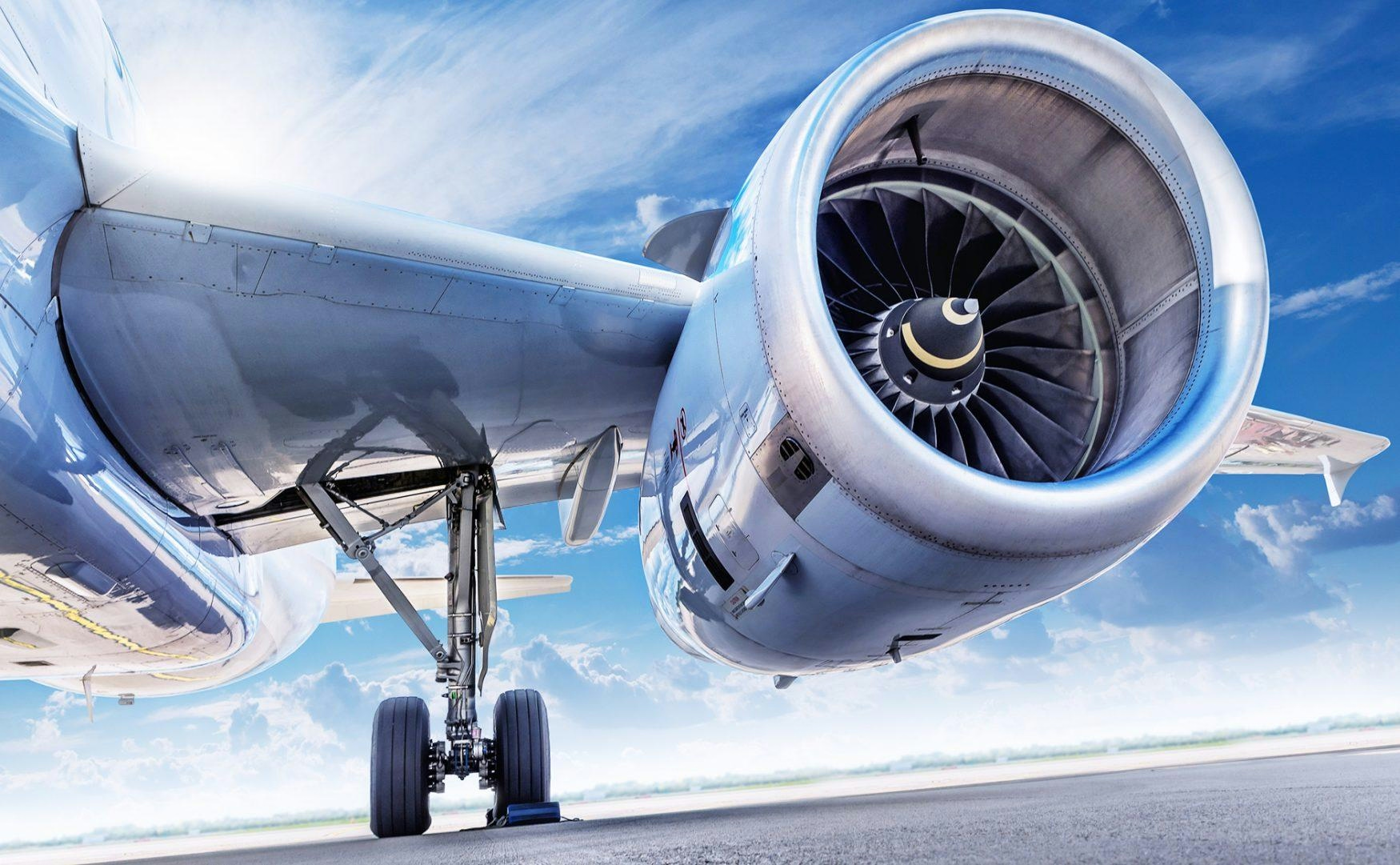
Spain, Belgium, and Hungary Advance Sustainable Aviation with Wizz Air’s SAF Trials

ACMI Operations in Africa: Key Takeaways from AviaDev Panel

Akasa Air Signs Three-Year Maintenance Agreement with GMR Aero Technic for Boeing 737 MAX Fleet

Magnetic Line Appoints Workforce Specialist to Enhance Hiring
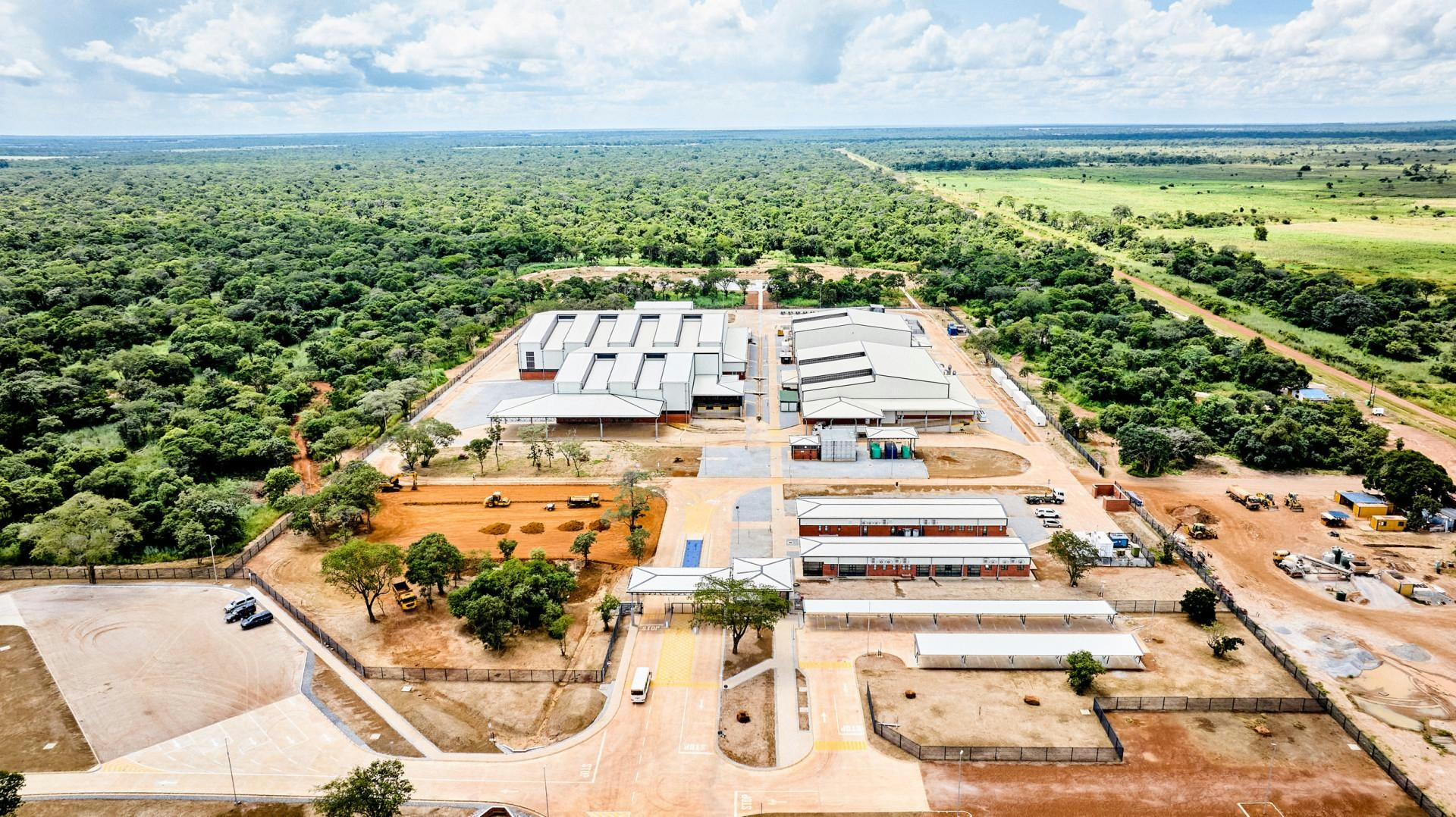
Zambia Welcomes Its First Third-Party Maintenance Provider
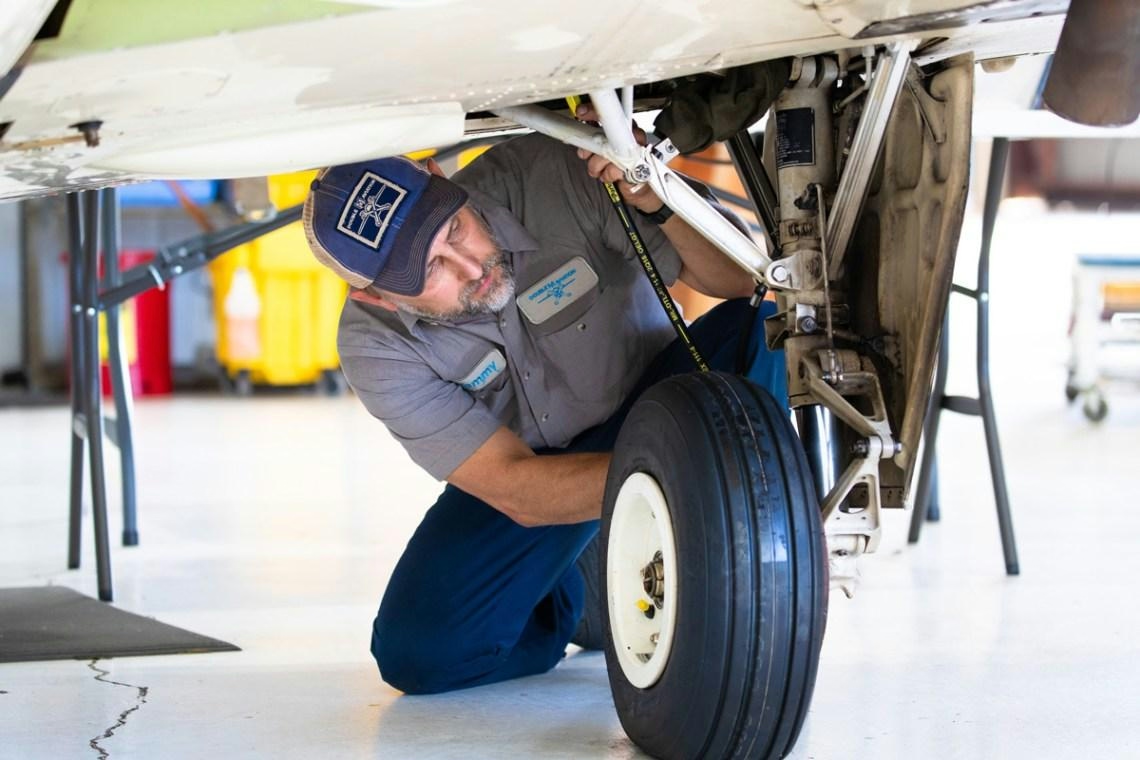
FAA Expands Landing Gear Inspections Following Faulty Maintenance
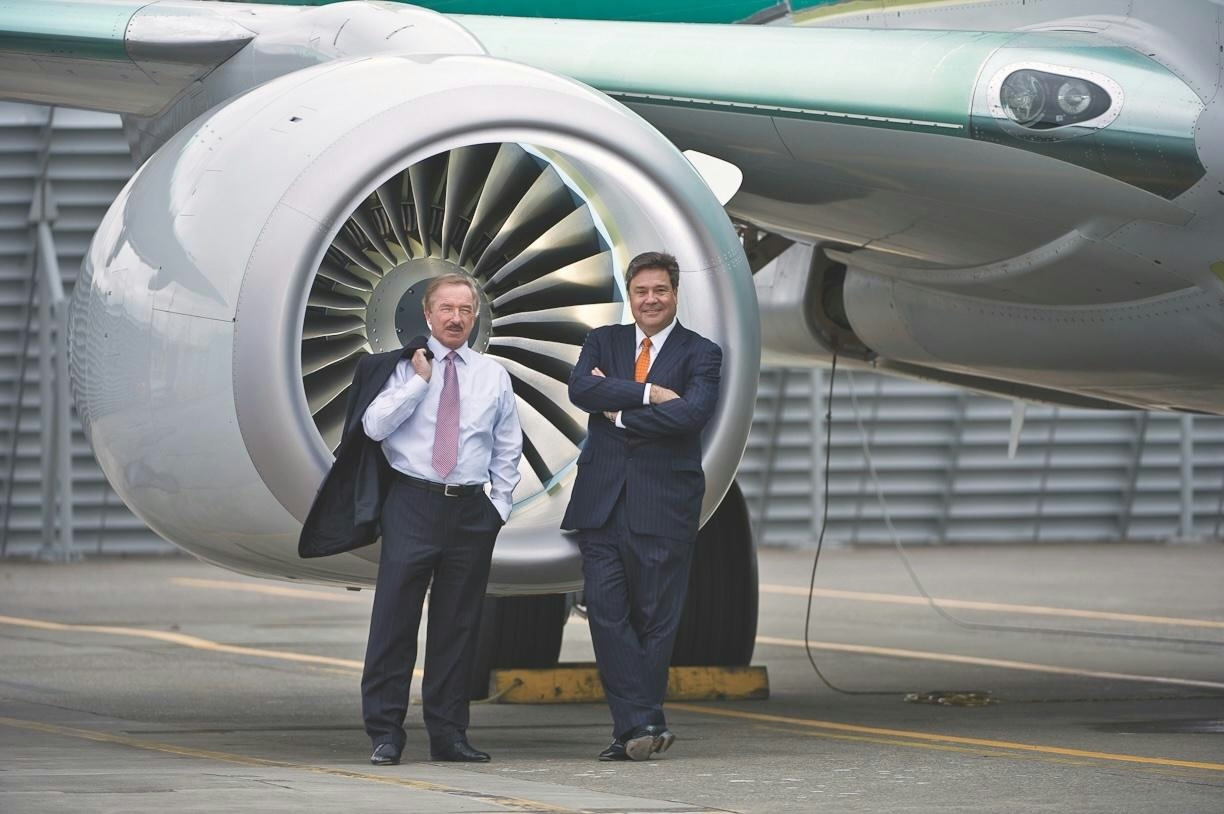
SMBC Aviation Capital and AJet Sign Lease for Five Airbus Aircraft
